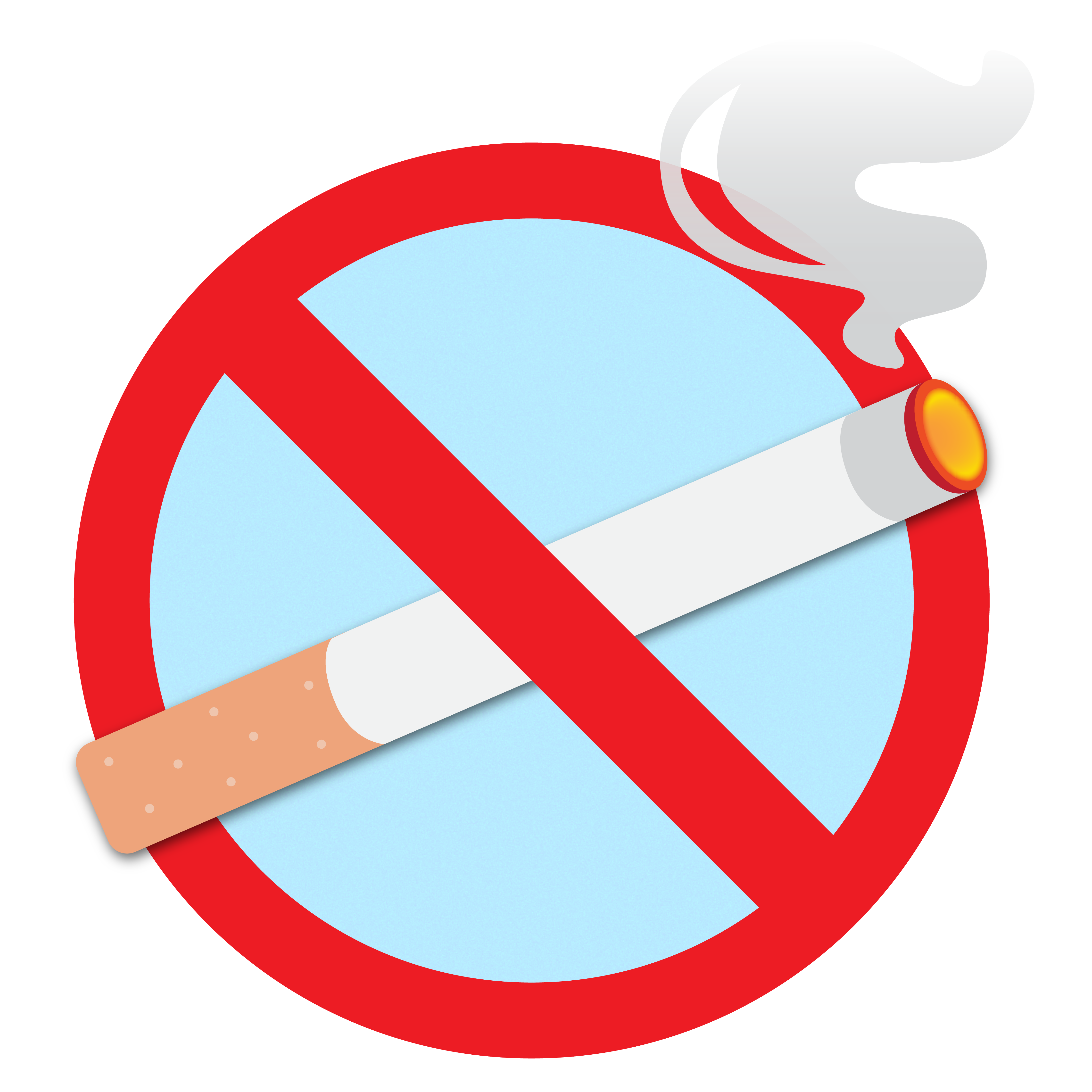Dry socket, also called alveolar osteitis, is an unfortunate side effect that can occur after a tooth is removed. It occurs more often during recovery from wisdom tooth surgery than other tooth removals. A blood clot needs to form in the wound where the tooth was extracted so that the nerves and bone are protected and the wound can heal properly. If the blood clot does not form or does not last long enough for the wound to heal, it can result in a dry socket, exposing bone and nerves, which can be painful.

How does it happen?
A dry socket can happen when bacteria get into or injury occurs at the tooth removal site, among other causes still being studied.
What are the symptoms?
Dry socket causes severe pain in your mouth and even other parts of your face stemming from the removal wound. The socket can look empty if the blood clot is not formed properly. Bad breath and bad taste in your mouth are also common symptoms.

How to avoid dry socket:
- Do not smoke or use tobacco products.
- Clean the area around the tooth removal thoroughly with techniques recommended by your dentist or oral surgeon.
- Eat a soft diet for a few days after surgery.
- Continue to brush and floss teeth normally.
- Stay hydrated, especially before and after tooth removal.
- Avoid drinking through a straw.
If you are experiencing symptoms of dry socket, speak to your dental provider or oral surgeon. They might dress the wound, prescribe antibiotics (usually only if you have a weakened immune system), provide pain management medication, or use antibacterial mouthwashes or gels on the site.
Sources:
This information in this post is for general educational purposes only and does not warrant or represent any information as related to health as specifically appropriate for you. It is not intended to be medical advice or replace the relationship that you have with your health care providers. You should always seek medical advice on any diagnosis or treatment from a qualified health care provider. The information is provided “as is” without any representations or warranties, express or implied.






